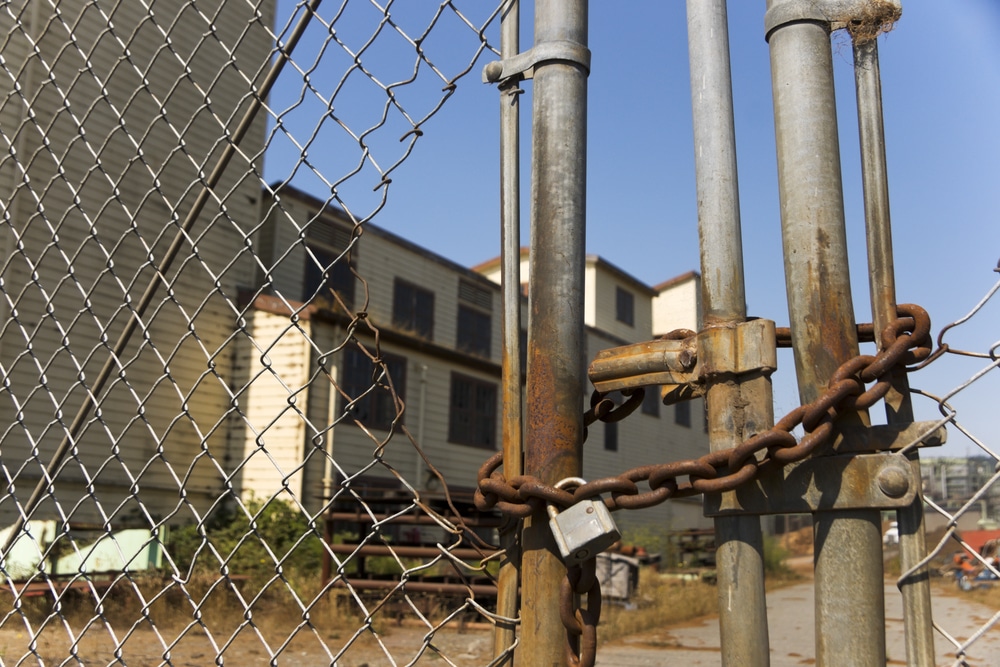Imagine you own a beautiful home in the countryside. Your property is quiet and isolated from the hustle and bustle of the city. Along comes the Department of Transportation and condemns a strip of land from your property’s frontage to build a new highway. Not only are you left with a smaller property, but your once quaint rural home now sits feet away from a four-lane highway. So what are your rights as a property owner in this situation? Learn the concept of damages to the remainder and how it can help you get fair compensation in a partial taking.
What Is a Partial Taking?
A partial taking happens when the government acquires a portion of private property through eminent domain powers, leaving the rest of the property under the ownership of the original landowner. In our example above, the Department of Transportation condemns a portion of our homeowner’s front yard to build the highway, but that person still owns the rest of the property.
In partial takings, it is not uncommon for the remaining property to have its market value affected. For that reason, landowners subject to a partial taking may be entitled to additional damages to make up for the loss of value of their property. These damages to the remainder are often called severance damages.
What Does “Damages to the Remainder” Mean in Partial Takings?
In eminent domain cases involving partial takings, the term “damages to the remainder” refers to the reduction in the value of the portion of the property left behind after a government taking. In addition to the physical taking of a portion of the property, other factors such as access, visibility, and zoning regulations may also reduce the value of the remaining portion.
If a partial taking has negatively impacted a property owner, they may be entitled to receive severance damages. It’s worth noting that damages to the remainder are separate from the compensation paid for the taken property, meaning the property owner may be entitled to be compensated for both the value of the taken property and the damages to the remainder.
What Are Some of the Factors Affecting Severance Damages?
In order to calculate severance damages in a partial taking, an appraiser may take into consideration a variety of factors, such as the extent of the physical changes made to the remaining property, the reduction in its value due to the partial taking, and any changes in the property’s usefulness. The location of the property may also play a role in this process since a property adjacent to the taken area may experience a decline in value due to the noise and disturbance associated with construction and development.
Another factor to consider is zoning changes due to the eminent domain project. For example, if the property is zoned for commercial use and a portion of it is taken for a public park, the remaining property’s value may decrease due to the change in its zoning and potential uses. In some cases, a property owner may be left with an uneconomic remnant, which is a portion of their original land that is too small or has characteristics that make it impossible to build on or to use for any economic means. All of these factors are weighed in when calculating severance damages.
How Can I Seek Compensation for Damages to the Remainder?
There are different methods to calculate the monetary amount a property owner may receive for damages to the remainder. Many methods take into consideration the size and shape of the taken property, the potential uses for the remainder property, and whether the remainder property has sustained any damages that require repairs. In addition, the current market conditions and property values in the surrounding areas may also be considered. A real estate appraiser may be able to provide an accurate estimate of how much money you may receive for severance damages.
If you are facing a potential land condemnation by the government, seek legal help to protect your rights to fair compensation. The attorneys at Hansen, Howell & Wilkie, PLLC, are here to help. Contact us at 919-256-5266 to learn more.





